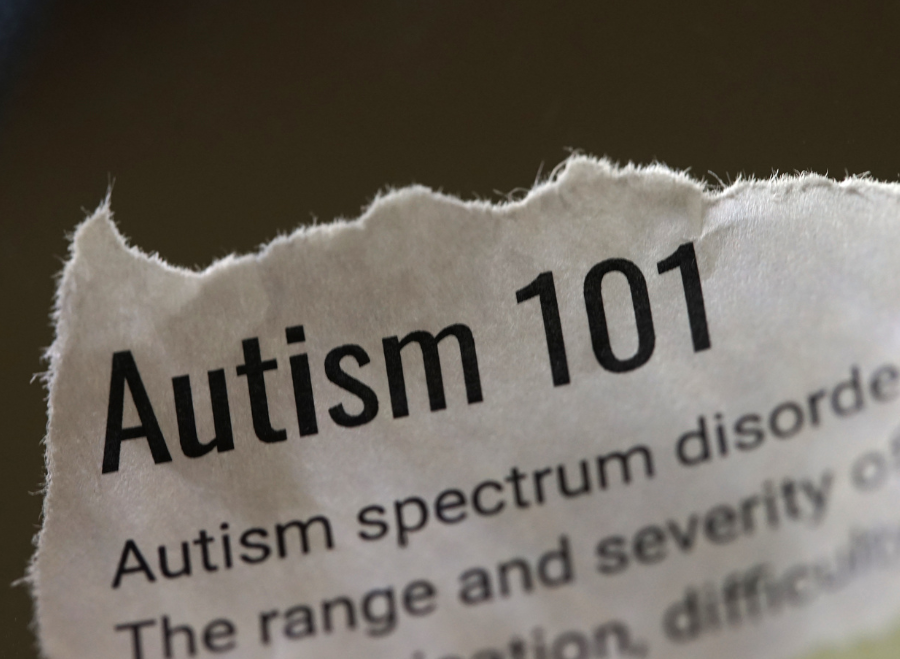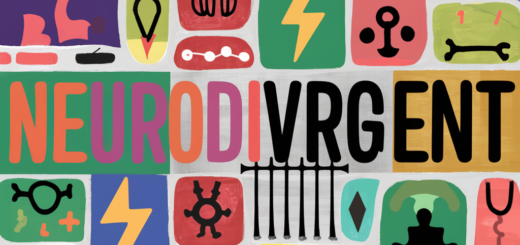Understanding Autism Levels vs. Diagnosis: What Every Parent Should Know

TL;DR
The term “autism levels” (Level 1, Level 2, etc.) is most common in the U.S. DSM-5 framework, but many regions and professionals use a broader, individualized diagnosis based on specific behaviors and needs. Severity and support requirements vary widely, so don’t worry if your child’s diagnosis doesn’t specify a “level.”
Introduction
Many parents hear about “autism levels” when discussing their child’s diagnosis, but what does it really mean? This guide explains the difference between strict level categorization, like “Level 2 autism.” It also discusses broader diagnostic approaches used worldwide. This offers clarity for parents navigating autism assessments.
What Are Autism Levels?
- In the DSM-5 (used in the United States), Autism Spectrum Disorder (ASD) is sometimes referred to by levels. These levels range from 1 (requiring support) to 3 (requiring very substantial support).
- Outside the U.S., many clinicians diagnose and describe autism based on individual traits. These traits include communication, social skills, repetitive behaviors, and sensory challenges.
- The presence of “levels” does not always appear on diagnostic reports. It is NOT the only way to understand support needs.
Core Autism Diagnostic Criteria (DSM-5)
- Deficits in Social Communication & Interaction
- Difficulty in social-emotional reciprocity (sharing feelings, conversation)
- Challenges in nonverbal communication (eye contact, gestures)
- Difficulty forming and maintaining relationships
- Restricted, Repetitive Behaviors
- Repetitive movements or speech
- Insistence on routines, inflexible behavior
- Highly focused interests
- Sensory sensitivities
- Symptoms appear in the early developmental period and cause significant impact in daily life.
- Severity and symptoms vary greatly for each individual.
Why Your Diagnosis May Not Include a “Level”
- Many professionals worldwide prefer describing autism based on areas of strength and challenge, not a fixed number.
- Some doctors and regions simply don’t use “levels,” focusing instead on personalized assessment and support.
- Having no level does not mean your diagnosis is incomplete—it means your assessment was individualized.
What Should Parents Do?
- Speak to your doctor if unsure about the diagnosis or support recommendations.
- Focus on your child’s unique profile—communication skills, daily living, sensory needs—rather than getting caught up in labels.
- Advocate for therapies and settings that address those individual challenges and strengths.
FAQ: Autism Levels & Diagnosis
Q: Why do some reports mention “Level 2” or “Level 3” autism?
A: This reflects the U.S. DSM-5 approach, indicating the amount of support needed. Not all doctors use these levels.
Q: Is the “level” the most important part of diagnosis?
A: No. Individual needs and abilities are far more critical for planning interventions.
Q: Can autism be diagnosed without a level?
A: Absolutely. Many regions/clinicians do not assign levels and base the diagnosis on specific observed challenges and strengths.
Q: How can I support my child if no level is specified?
A: Work closely with your healthcare provider to identify key needs and tailor therapies or supports accordingly.
Q: Does my child’s diagnosis change if I move countries or see a new doctor?
A: The basic criteria for ASD remain, but terminology and reporting style may differ.
Conclusion
Every autistic individual is unique. Whether your diagnosis includes a “level” or not, seek and advocate for the best possible support for your child.
Related Posts:
Comprehensive Autism Test Guide: Options in 2025
Understanding the Difference Between Autism and Asperger’s Syndrome
{ “@context”: “https://schema.org”, “@type”: “FAQPage”, “mainEntity”: [ { “@type”: “Question”, “name”: “Why do some autism diagnostic reports mention ‘Level 2’ or ‘Level 3’?”, “acceptedAnswer”: { “@type”: “Answer”, “text”: “These reflect the DSM-5 classification in the U.S., indicating support needs. Not all doctors use these levels.” } }, { “@type”: “Question”, “name”: “Is the level the most important part of autism diagnosis?”, “acceptedAnswer”: { “@type”: “Answer”, “text”: “No. Individual abilities and needs are more important for planning supports.” } }, { “@type”: “Question”, “name”: “Can autism be diagnosed without a level?”, “acceptedAnswer”: { “@type”: “Answer”, “text”: “Yes, many regions diagnose autism without using levels, focusing on personalized description of challenges and strengths.” } }, { “@type”: “Question”, “name”: “How do I support my child if no level is specified?”, “acceptedAnswer”: { “@type”: “Answer”, “text”: “Identify your child’s key needs in collaboration with healthcare providers and tailor interventions accordingly.” } } ] }

